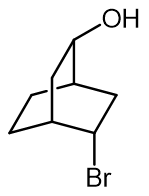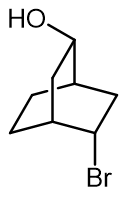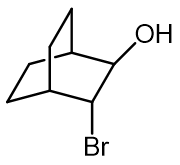Intramolecular reactions occur within a single molecule, contrasting with intermolecular reactions that involve two distinct molecules. The rate of these intramolecular reactions can be understood through the rate constant, denoted as k. The relationship is expressed by the equation:
\[ k = A e^{-\frac{E_a}{RT}} \]
In this equation, A represents the frequency factor, which can be further broken down into two components: Z and ρ. Here, Z is the collision frequency, indicating how often molecules collide, while ρ is the orientation factor, which accounts for the proper alignment of molecules during collisions. For a successful reaction, molecules must collide with sufficient energy and the correct orientation.
The frequency factor A thus reflects the number of effective collisions per second that occur with the right orientation. The term e^{-\frac{E_a}{RT}} describes the fraction of molecules that possess the necessary energy to overcome the activation energy barrier, where E_a is the activation energy, R is the gas constant, and T is the temperature in Kelvin.
Intramolecular reactions are generally faster than their intermolecular counterparts due to higher values of Z and ρ. Since the reacting parts are within the same molecule, the likelihood of collisions is significantly increased, leading to a greater chance of achieving the correct orientation for reaction. This intrinsic property of intramolecular reactions enhances their overall reaction rates compared to analogous intermolecular reactions.





